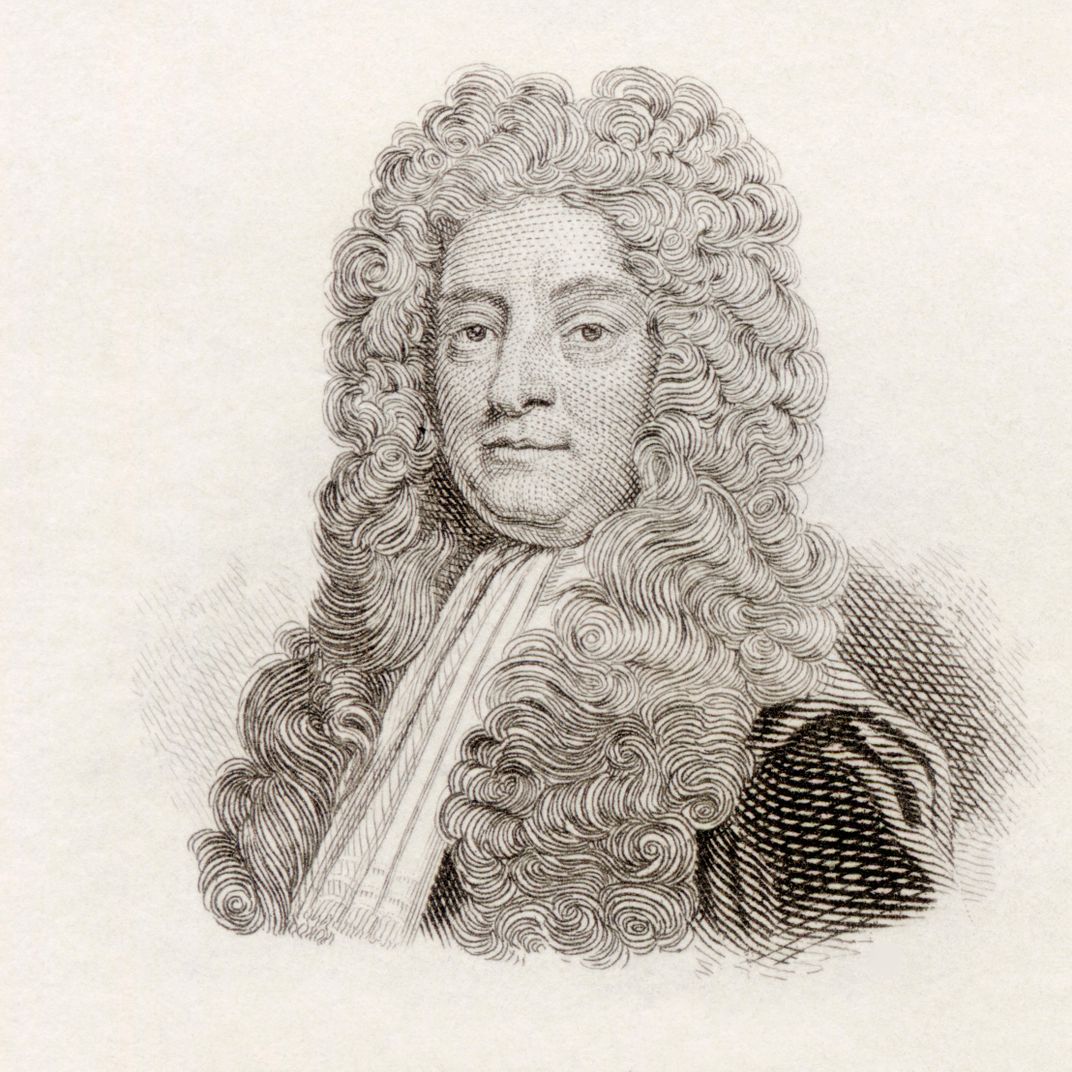British Museum Moves Bust of Founder, Who Profited From Slavery
The London institution, which reopened this week, is reckoning with its colonialist history in the wake of global protests against racism
:focal(2933x1993:2934x1994)/https://tf-cmsv2-smithsonianmag-media.s3.amazonaws.com/filer/35/fc/35fc5fbb-7f2d-41a0-8cb2-c594bcc5c901/gettyimages-1228223736.jpg)
On Thursday, the British Museum opened its doors after a 163-day closure sparked by the Covid-19 pandemic.
In the months since the London institution last welcomed visitors, protests against police brutality and systemic racism have broken out worldwide. As communities across the United Kingdom reckon with the racist, colonialist histories of their public monuments, protesters have taken such steps as toppling a statue of enslaver Edward Colston in Bristol and reigniting a campaign to remove a sculpture of imperialist Cecil Rhodes from Oxford University.
Ahead of its reopening, the museum made a number of changes to its displays, reports Alex Marshall for the New York Times. Most prominently, curators relocated a bust of Sir Hans Sloane (1660-1753) from a plinth to a smaller display case accompanied by text discussing the naturalist’s connections to the slave trade. (Sloane, an Irishman whose 71,000-object collection formed the foundation for the British Museum, the British Library and the Natural History Museum, profited from the enslavement of people in Jamaica.)
Museum director Hartwig Fischer first announced the change in an interview with the Telegraph’s Craig Simpson.
“Dedication to truthfulness is crucial, when we face our own history,” says Fischer in a statement quoted by Lianne Kolirin of CNN.
He adds, “Sloane allows us to highlight the complexity and ambiguity of this period, he was a physician, collector, scholar, benefactor and slave owner.”

In addition to moving the bust, staff updated the labels on numerous objects in the collections—including those taken by Captain James Cook during his voyages to New Zealand and Australia—to explain their connection to “colonial conquest and military looting.”
As Lanre Bakare writes for the Guardian, some observers have criticized the changes, arguing that they do “little to address structural racism at the institution.”
The British Museum currently employs just one black curator. Its collections house an array of objects stolen from their nations of origin, often through the colonial oppression and violence of British imperialism.
Take, for instance, the Benin Bronzes, a group of thousands of artifacts—including 900 brass plaques—looted from the Kingdom of Benin in present-day Nigeria during a violent 1897 raid by the British military. The Metropolitan Museum of Art and many smaller museums also hold objects taken during this raid, reported Marshall for the Times in January.
“The British Museum is one of the worst offenders when it comes to the problems of how we remember history. With its treasure trove of stolen artifacts and historical amnesia over empire, it has a long way to go before we can say it’s headed in the right direction,” Kehinde Andrews, a professor of black studies at Birmingham City University, tells NBC News’ Adela Suliman. “The same is true for the debate more generally, where we are seeing a lot of tokenistic and symbolic gestures but nothing substantive that would actually address racial inequality.”
Dan Hicks, curator of world archaeology at the Pitt Rivers Museum in Oxford, tells the Guardian that as far as he knows, no protesters had publicly called for the removal of Sloane’s bust.
“Instead,” he adds, “the [Black Lives Matter] calls are for the permanent return of stolen objects to Africa, and for the British Museum to take effective action to diversify its curatorial team.”
/https://tf-cmsv2-smithsonianmag-media.s3.amazonaws.com/filer/77/1a/771a69c4-fff0-423a-87a2-9ec9279caf1c/gettyimages-1228223466.jpg)
Robert Poll, a spokesperson for the recently formed U.K. nonprofit Save Our Statues, criticizes the decision for different reasons. Speaking with NBC News, he cites it as an example of a “wider cultural war … [attacking] our history, heritage, identity of Britain and the West in General.”
Poll further states, “To now move [Sloane’s] statue is a huge sign of disrespect and ingratitude. ... It’s almost a humiliation of him.”
Per the Times, the British Museum has historically resisted calls for repatriation, or the permanent return of objects in its collections to their nations of origin.
“This collection is not based on looted objects,” Fisher tells the Times, pointing out that the majority of the eight million artifacts in the museum’s holdings were acquired legitimately by passionate scientists and collectors.
Sloane, an Irish physician, nobleman and avid collector, was a prominent physician and intellectual with strong ties to the Jamaican slave trade. Early in his career, from 1687 to 1689, he spent fifteen months working as a physician on the island, which was then under British control.
As historian and Sloane biographer James Delbourgo noted in a 2012 exhibition about the collector, Sloane witnessed the island’s transition to a plantation economy and directly profited from the work of enslaved people on Jamaican sugar plantations. During this period, the Royal Africa Company seized and enslaved individuals from the Gold Coast, West Central Africa, the Bight of Benin and the Bight of Biafra, forcing them to work on sugar plantations under the threat of violence. Many of the items in Sloane’s extensive collections of Jamaican flora and fauna were gathered by enslaved individuals, according to the British Museum’s website.
In 1695, Sloane married Elizabeth Langley Rose, the wealthy widow of a plantation owner. Profits from this marriage “contributed substantially to his ability to collect in the ensuing years, in addition to his medical income,” the museum notes.
As a museum spokesperson tells the Art Newspaper’s Gareth Harris, the newly contextualized display of Sloane’s bust, which was created by artist Michael Rysbrack in the 1730s, acknowledges that his “travels and collecting in colonial Jamaica exploited slaves and explore[s] the fact that his collecting was partly financed from the labor of enslaved Africans on his wife’s sugar plantations.”
/https://tf-cmsv2-smithsonianmag-media.s3.amazonaws.com/accounts/headshot/nora.png)
/https://tf-cmsv2-smithsonianmag-media.s3.amazonaws.com/accounts/headshot/nora.png)